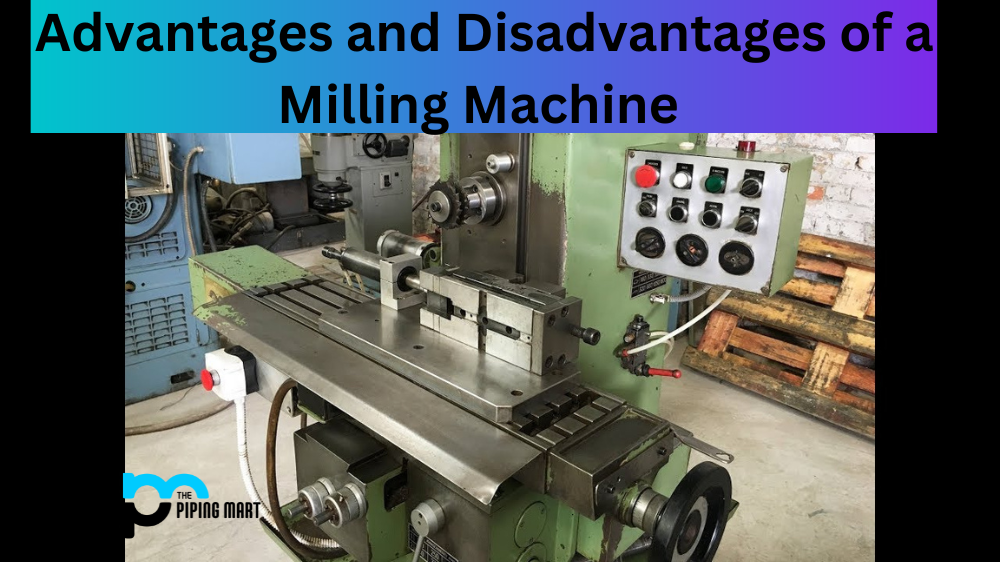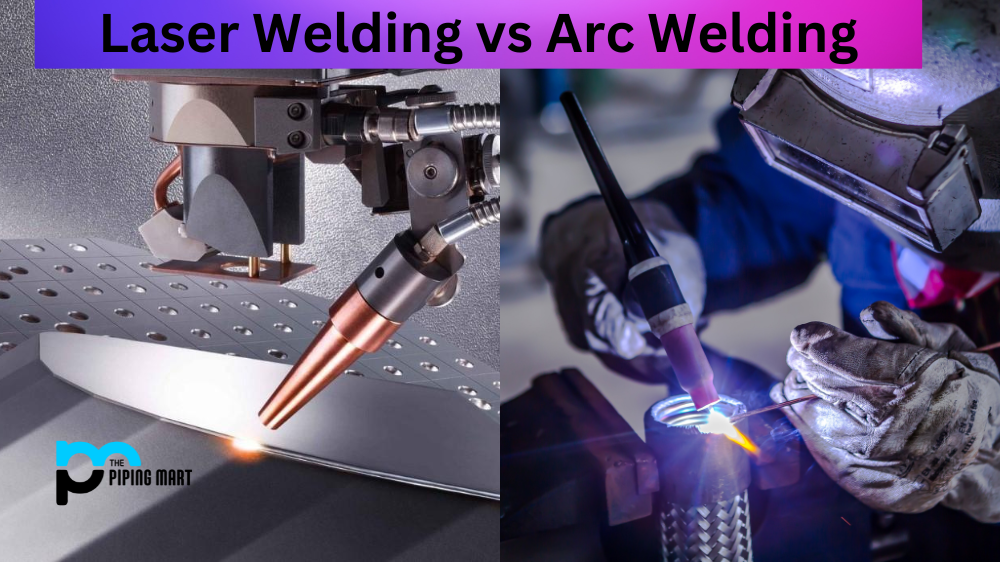A milling machine is a manufacturing tool used to shape solid materials. It is commonly used for machining custom parts of various shapes and sizes. While milling machines are an essential piece of equipment for many businesses, it’s important to understand their advantages and disadvantages before making an investment. In this blog post, we will explore the key benefits and drawbacks of using a milling machine in your business.
Advantages of Milling Machines
The first advantage of using a milling machine is that they offer incredible precision when cutting materials. With modern CNC mills, you can create intricate parts with very tight tolerances that would be impossible to achieve with traditional hand-held tools. This makes them ideal for creating complex prototypes or high-precision components such as medical implants or aerospace parts.
Another advantage of using a milling machine is that they are extremely versatile. They can be used to create curved surfaces, slots, holes, ridges, or just about any other shape imaginable. This makes them ideal for creating unique geometries that would otherwise require multiple steps or operations on different machines. As such, they can help reduce production time by eliminating the need to switch between machines during fabrication. If we consider desktop CNC mills, they are more compact, lightweight, and capable of handling a variety of materials.
Finally, milling machines are incredibly durable and reliable tools that can last for years if properly maintained. This reduces downtime due to wear and tear and helps ensure consistent production levels over time.
Increased Productivity
Milling machines can help to increase productivity as they are able to perform multiple operations in a single setup. This means that instead of having to set up multiple machines to perform different operations, one machine can be used to perform all of the necessary operations. This can save a lot of time and effort, as well as increase productivity.
Increased Accuracy
Milling machines can also help to increase accuracy as they are able to produce parts that are more precise than those produced by other methods. This is because milling machines can cut material more accurately than other methods, such as hand tools or power tools. Additionally, milling machines can be fitted with various attachments that can further improve accuracy.
Increased Flexibility
Another advantage of milling machines is that they are very versatile and flexible. They can be used to create a wide variety of parts, from small components to large components. Additionally, milling machines can be fitted with various attachments that allow them to perform different operations, such as drilling, tapping, and reaming.
Reduced Waste
Another advantage of milling machines is that they can help to reduce waste. This is because when parts are milled correctly, there is very little material waste. Additionally, milling machines can be fitted with special attachments that allow for the reuse of waste material.
5 Disadvantages of Milling Machines
While there are numerous advantages to using a milling machine in your business, there are also some drawbacks worth considering before making an investment in one of these pieces of equipment. One of the biggest issues with using a milling machine is that they require extensive setup time prior to use which can add additional costs to each project depending on how much setup work needs to be done beforehand. Additionally, they require frequent maintenance, which may further increase costs over the course of their lifetime, depending on how often it needs servicing and repairs. Finally, while they offer incredible precision when cutting materials, they also tend to be slower than other cutting methods due to their relatively low speeds compared to other types of machinery, such as laser cutters or water jet cutters which may make them less desirable for certain applications where speed is essential over the accuracy or precision craftsmanship.
- Milling machines can be very loud, which can be disruptive to both the operator and those nearby.
- Milling machines generate a lot of dust, which can be harmful to both the operator and those nearby if not properly ventilated.
- Milling machines require a lot of space, which may not be available in all shops or homes.
- Milling machines are typically very expensive, which may make them unaffordable for some people.
- Milling machines require a high level of skill to operate, which may make them difficult to use for some people.
Conclusion:
All in all, milling machines have many advantages that make them well worth the investment for any business looking for precise results from their cutting operations, but there are also some disadvantages that must be considered before investing in one of these pieces of equipment, including setup times and maintenance costs along with slower speeds compared to other types of machinery like laser cutters or water jet cutters. Ultimately the decision comes down to what type of application you’re looking for – if accuracy is more important than speed, then investing in a milling machine might be the right choice, but if you need faster results, then another type of machinery might make more sense for your particular needs. Regardless of your decision, though, understanding both the pros and cons associated with any piece of equipment will help ensure you make an informed purchase decision that best suits your particular needs while helping maximize productivity at your business location!

Meet Bhavesh, a seasoned blogger with a wealth of knowledge and experience. From metal products manufacturing to retail, Bhavesh has a diverse background in various industries and is dedicated to sharing his insights and expertise with readers.




